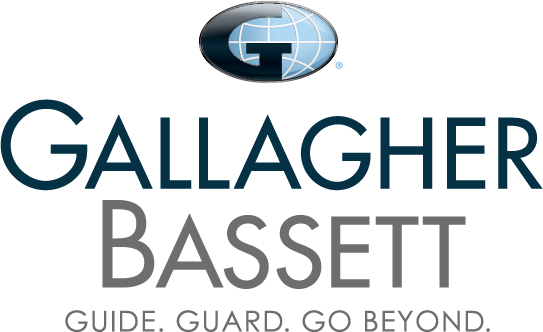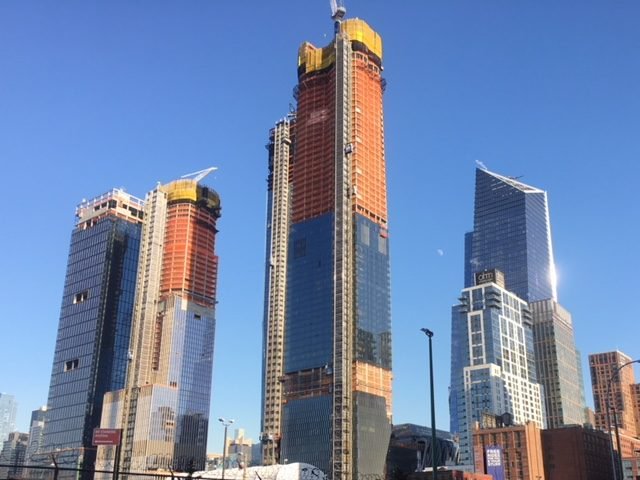Total Safety Consulting has it’s first contributor blog! Matt Lee has contributed to mulitple building websites, and we’re happy to share his work below:
Site employees need and deserve a safe work environment. It’s the company’s responsibility and moral obligation to ensure that an worker feels safe and secure every day they clock in for the job. Workplace safety measures require pro-activity. It requires more than just hanging up hazard signs and providing one-time safety training.
According to government data, there were 2.8 million workplace-related injuries and illnesses in the private sector in the United States in 2018. That same year, more than one hundred people died at work every week. In fact, a total of 5,250 workers died in 2018 while doing their jobs. That’s more than fourteen people every day.
OSHA, or The Occupational Safety and Health Administration, an agency that belongs to the Department of Labor, does its best to curb occupational hazards. They have safety standards and mechanisms in place to help eliminate workplace accidents. However, despite the efforts, injuries and fatalities still exist.
We all know the standard workplace hazards and how to avoid them. This includes things like handling dangerous chemicals, working with exposed wiring, operating large machinery, and more. However, there are safety hazards that aren’t often discussed. These areas present more of a danger because we aren’t talking about them.
So today, we’re addressing four overlooked workplace safety hazards and what you can do to fix them.
Safety Hazard #1: Disregarding Employee Comfort
Some might scoff at the idea of recognizing and prioritizing employee comfort. However, small changes could mean grand improvements to overall workplace safety and mental health. One of the most significant hazards for any company is overworked employees. When your team is overworked, they’re often fatigued and burnt out. This not only leads to a lack of productivity, but studies show it’s a hazard, too.
Workers who are sleepy are 70% more likely to be involved in a workplace accident. Employee comfort extends beyond being overworked. Temperature, space, and clutter all play a factor in comfort.
If it’s too hot or too cold, you risk heat exhaustion or hypothermia. Enclosed spaces increase the risk of toxic fume inhalation and decrease overall health and happiness. Clutter can increase levels of stress and anxiety.
What you can do about it: Take surveys surrounding employee comfort. Set reasonable hours and expectations and allow plenty of breaks. If possible, make sure that the temperature of the workspace is comfortable and limit confined spaces as much as possible. If you can’t get rid of confined spaces, make sure to use an industrial vacuum, which can adequately address toxic fumes, combustible dust, and other hazards associated with confined work environments.
Safety Hazard #2: Ignoring Spills and Tripping Hazards
This one is an obvious safety hazard, but it’s worth readdressing because it’s so often ignored. Despite having signs hanging on-site that say, “Clean up spills immediately” or “Keep the area free of clutter,” construction environments can often ignore this advice.
In fact, greater than 25% of all workplace injuries are because of a slip, trip, or fall. Slips and trips occur for a variety of reasons, ranging from wet surfaces and uncleaned spills to stairs to uneven surfaces and more. While it’s not always possible to eliminate all the tripping and slipping hazards, there are some precautions you can take.
What you can do about it: If standing liquid and uncleaned spills are a reoccurring issue for you, make sure to have an effective drainage system in place. Eliminate all the clutter in walking spaces, and if working in a warehouse or facility, repave or re-do any uneven flooring. If your employees consistently complain about stairs, consider installing an elevator. Trips and slips are giant hazards, and the more you can do to mitigate this risk, the safer your employees will be.
Safety Hazard #3: Not Prioritizing Safety Training
In a shocking statistic from Industrial Safety and Hygiene News, over the course of a year, 70% of workers who received a hand injury at work, weren’t wearing gloves at all. The other 30% who were wearing gloves, the gloves they were wearing were entirely inadequate for the hazard of their job. How is this possible?
The answer is simple. It’s a lack of proper safety training and complacency within an organization. So many companies believe that one-off training right after the hire is enough. But clearly, based on the statistics already shared in this article, it’s not enough. The reality is that human error is to blame a lot of the time.
As Ray Prest so eloquently said in the BLR’s 2015 issue of Safety Decisions, “The fact is that injuries, big or small, are difficult to prevent with compliance alone as they are largely the result of worker actions—usually fueled by complacency and other human factors like rushing, frustration, and fatigue—that lead to inattention and unintentional errors.”
What you can do about it: Because human error is often to blame, regular safety training is critical. In addition, periodic safety evaluations both on an individual and company level are also essential. Safety training and practices is much more about attitude than it is about one-time rules. Your company has to practice what it preaches and make safety part of the daily discussion.
Safety Hazard #4: Discounting Psychosocial Issues
Psychosocial issues matter a great deal. Employees who suffer psychosocial issues at work are more likely to struggle with depression, drug issues, increased stress and anxiety, and in severe cases, increased rates of suicide.
83% of workers in the US suffer from work-related stress, and work-related stress results in $190 billion in annual healthcare costs and 120,000 deaths per year. These psychological concerns can affect one’s job performance, and this type of issue permeates in several industries beyond construction.
What you can do about it: This one requires an environment that promotes and encourages safety and reporting. Your employees should be able to report issues with harassment, bullying, and violence without fear of retaliation, and with the knowledge, that action will be taken. You need to have protocols, regulations, and regular training in place to prevent and default to in these instances. Moreover, you should avoid closed-off workspaces where these types of activities occur. Instead, opt for open work environments and higher visibility. If you need office privacy, opt for switchable privacy glass instead of solid walls, so that they’re private when you need them, but otherwise they’re open. Invest in security cameras if necessary. This openness and accountability will help all employees feel safer.
Increase Safety by Eliminating Common Hazards
These four overlooked safety hazards can wreak havoc on your employees’ safety. Take measures to ensure that you address each of them. Doing so will ultimately lead to happier, healthier workers, which leads to more productivity, efficiency, and profit for you.
Matt Lee is the owner of the Innovative Building Materials blog and a content writer for the building materials industry. He is focused on helping fellow homeowners, contractors, and architects discover materials and methods of construction that save money, improve energy efficiency, and increase property value.





